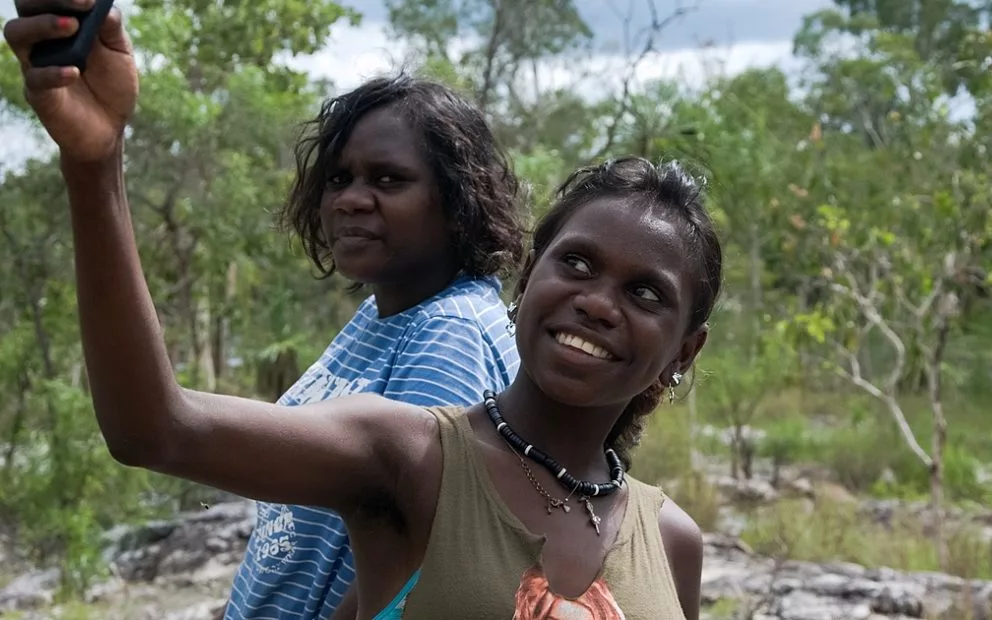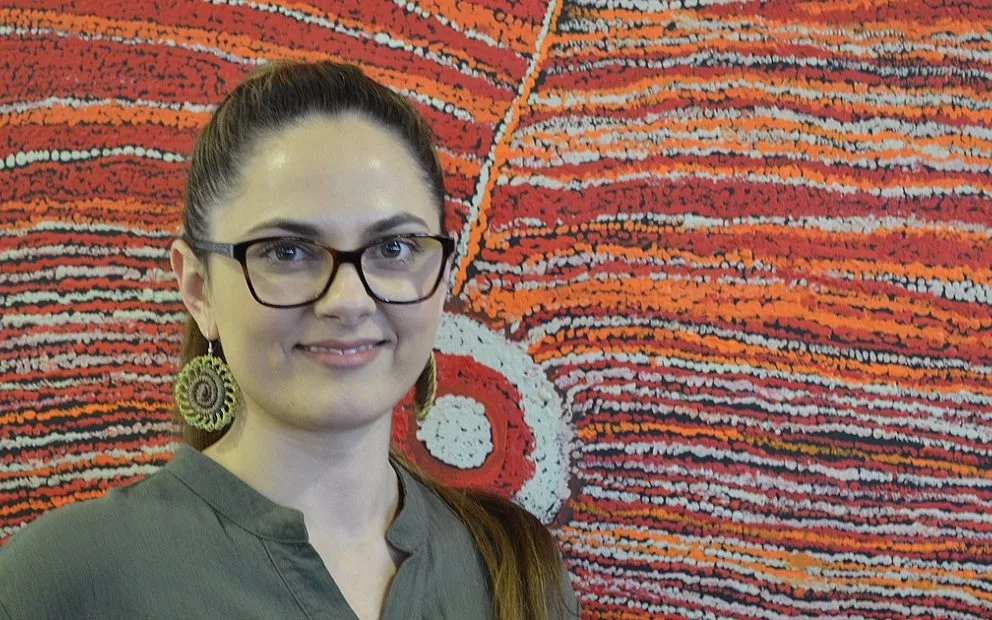More focus on increasing the rates of sexual health testing, and less focus on behaviour change, is the key to addressing high numbers of sexually transmitted infections (STIs) among Aboriginal and Torres Strait Islander young people.
Dr Salenna Elliott, Senior Research Fellow and Public Health Medical Registrar at SAHMRI, told HealthTimes “what [our research] is showing us is that the behaviours in Aboriginal and Torres Strait Islander young people are actually not very different from other groups of young people.”
“A real concern is in remote areas. Once you have a high prevalence of STIs there, it means that whenever a person then has unprotected sex, they are much more likely to be exposed to an STI because those background levels are so much higher.”
Dr Elliot said that in some communities, it is also more difficult to access sexual health care services than in urban settings.
“The more effort we can put into improving STI testing rates, we can actually bring down that background prevalence in those communities where young people are at a much higher risk of exposure when they have unprotected sex.”
Dr Elliott coordinated the second GOANNA survey, an Australia-wide sexual health survey of young Aboriginal and Torres Strait Islander people. Led by SAHMRI researchers in partnership with Aboriginal community organizations, the survey included more than 1,300 participants aged 16-29 from urban, regional and remote parts of mainland Australia.
The survey focused on relationships, sexual behaviours, use of health services and knowledge about STIs, HIV and hepatitis C.
Among the notable findings was that nearly 1 in 5 people who were sexually active had ever had an STI, and that testing rates for HIV and hepatitis C had declined since the first survey.
Reported condom use had also decreased, however, Dr Elliott said it was important to note this trend is similar to what has been observed in other sexual health surveys on different cohorts in Australia.
“One of the reasons for doing this survey is that high rates of STIs in Aboriginal and Torres Strait Islander communities is linked, anecdotally, to behaviour.”
“However, what the GOANNA Survey has shown is that by looking at this cohort, the behaviours are in line with what you expect to see in this age group”.
“Young people are just more at risk than older people of having an STI. That’s why access to STI testing for Aboriginal and Torres Strait Islander young people is the big issue.”
“We know that trying to change behaviour is difficult at the best of times, so improving STI testing is the key strategy to try and get on top of this.”
Professor James Ward led the second GOANNA survey, and commented that chlamydia, gonorrhoea and syphilis as well as HIV and hepatitis C, remain unacceptably high in many Aboriginal and Torres Strait Islander communities, particularly in remote Australia.
"We need to make sure that up to date information is available to guide sexual health clinical guidelines, policies and programs for Aboriginal and Torres Strait Islander communities”, Professor Ward stated.
Dr Elliott said there is work to be done with clinicians.
“One interesting thing from report is that when we looked at the younger people in the cohort, those aged 16 to 19, about half of those who were sexually active had never had an STI test before.”
“Another question we asked was when young people had gone to their doctor for a health check, were they offered an STI test.”
While the survey found that overall, 60% of all participants had been offered an STI test, the younger group of 16 to 19 year old people were much less likely to be offered STI testing.
“This could be that clinicians are not comfortable offering an STI test to young people because they may not be sure whether they are sexually active” Dr Elliott said.
The Young Deadly Free initiative, led by Professor James Ward, has focused on resources for clinicians to support them to feel more comfortable in offering STI testing.
“Often it’s an area that clinicians may not be comfortable talking about, particularly clinicians who haven't worked in Aboriginal and Torres Strait Islander health for long” Dr Elliott explained.
“They may be concerned about cultural protocols, so Professor Ward has been working to help clinicians feel more comfortable, because generally a young person that age, especially if they don't have symptoms, is not going to come and ask for a test.”
De Elliott added that resources and workforce capacity was once again a problem when it came to sexual healthcare services in rural and remote communities.
“One of the really big issues in remote areas is a high turnover of staff, where even if people get trained in offering sexual health services, many move on and more people come in, and that’s a really major challenge.”
Overwhelmingly, Aboriginal medical services were where people chose to go for health checks, testing for STIs, HIV and hepatitis C, advice on sex and STIs and help for alcohol and drug use, highlighting the need for sexual health care based in Aboriginal medical services.
“The Commonwealth government has been putting in funds for Aboriginal and Torres Strait sexual health, though, because there has been syphilis outbreak affecting northern and central Australia, which commenced in 2011, and has resulted in the death of a number of babies.”
“So, it’s been few years coming, but finally there is some more funding that has been put into these sexual health services”, Dr Elliott said.
This story is reproduced with thanks to the HealthTimes.


